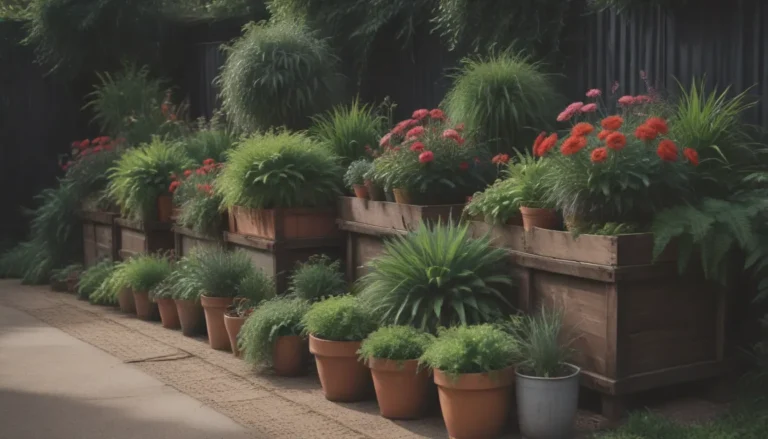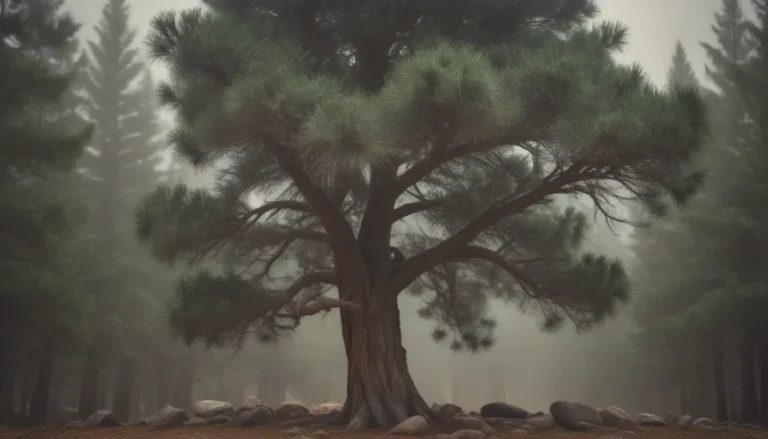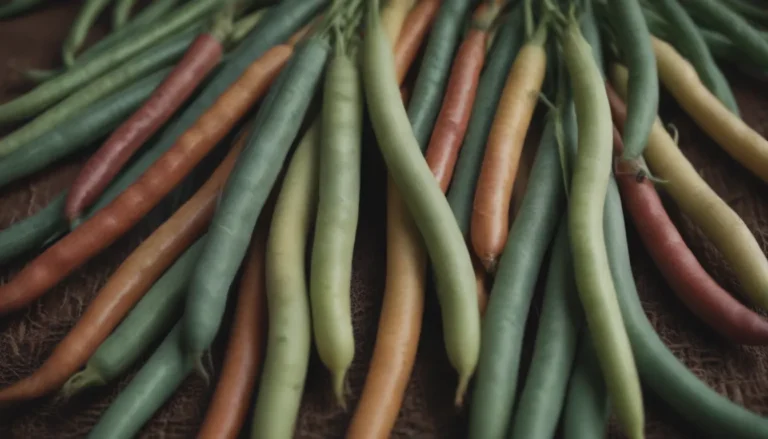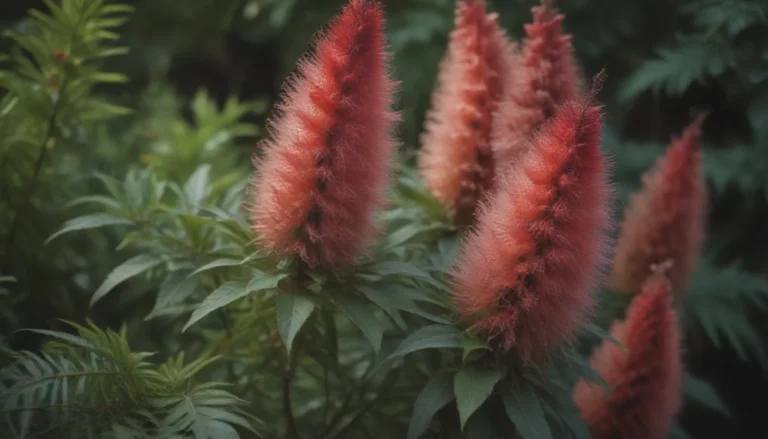Ultimate Guide to Growing and Caring for Snap Peas
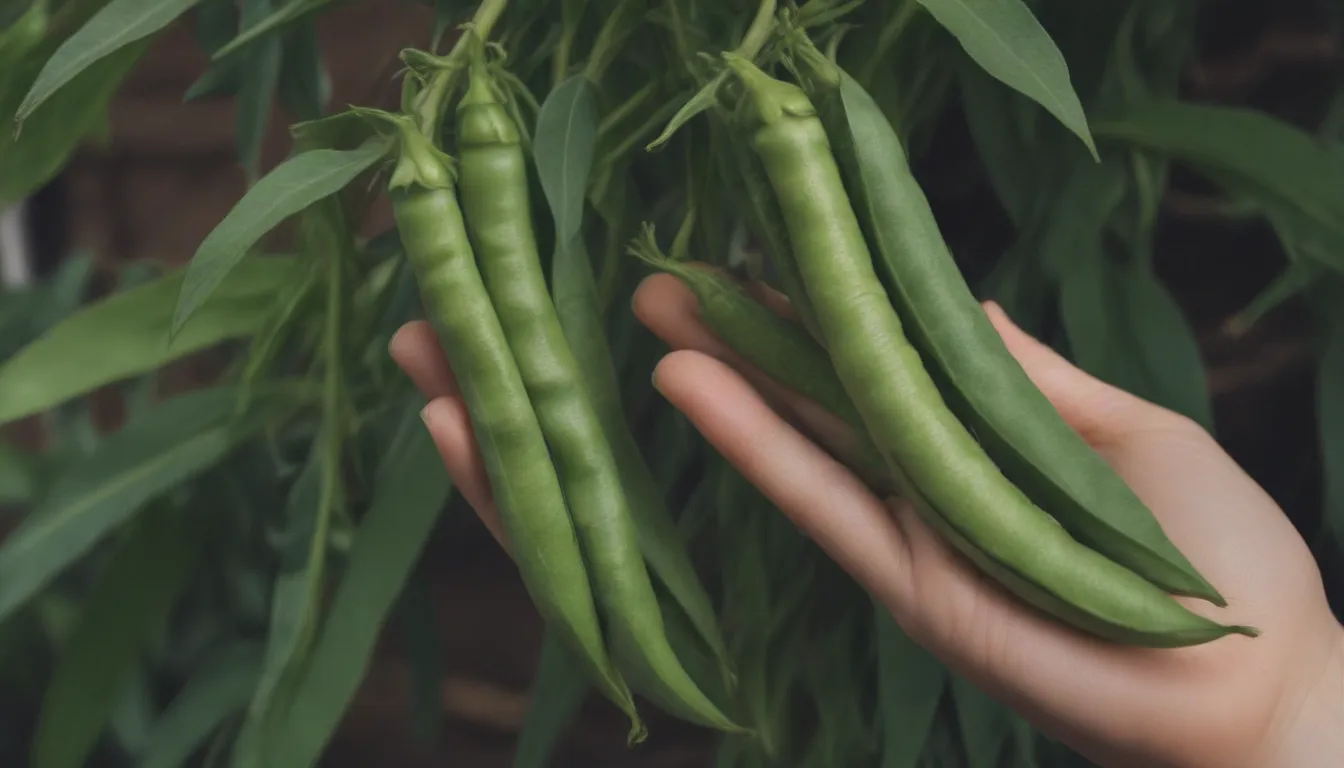
Snap peas, a delightful variation of the classic pea, are known for their delicious edible pods. Originating in 1952 with the creation of the ‘Sugar Snap’ variety, these peas have become a popular choice for gardeners looking to add a fresh, crispy treat to their harvest. While snap peas may look similar to snow peas at first glance, they possess distinct differences that set them apart. With their rounded, juicy pods, snap peas offer a unique flavor and texture that can elevate any dish they are added to.
Snap Peas 101
Snap peas are typically planted in the spring, but with the right conditions, they can also thrive when planted for a fall harvest. These fast-growing plants can be ready for harvesting in just about two months, making them an excellent choice for succession planting alongside other crops in your garden.
How to Plant Snap Peas
When it comes to planting snap peas, timing is crucial. For an early spring crop, plant your snap peas about four to six weeks before the average last frost date in your area. However, be mindful not to wait too long, as snap peas do not fare well in hot weather. Alternatively, in cooler climates, consider planting snap peas in late summer or early fall, approximately eight weeks before the first frost date.
Selecting a Planting Site
Snap peas thrive in sunny locations with well-draining soil. Practice crop rotation by avoiding planting snap peas in the same spot where other legumes have grown in the last two years. If your garden lacks suitable soil, consider growing snap peas in large containers or raised beds for optimal results.
Spacing, Depth, and Support
Sow snap peas about 1 to 1½ inches apart and 1 inch deep, in rows spaced 18 to 36 inches apart. Unlike other vegetables, snap peas do not need thinning. These vines require trellising to support their growth, ensuring they have ample space to thrive.
Caring for Your Snap Pea Plants
Snap peas are relatively low-maintenance plants, but they do require specific care to reach their full potential. Here are some essential tips for caring for your snap pea plants:
Light
Snap peas thrive in full sun, ideally receiving at least six hours of direct sunlight daily. While some afternoon shade is acceptable in warmer climates, excessive shade can impact plant growth and pod development.
Soil
Providing well-draining soil rich in organic matter is crucial for snap peas. Aim for a slightly acidic to neutral pH level (between 6.5 and 6.8) to support optimal growth.
Water
Maintain consistent soil moisture to ensure healthy snap pea growth. Water your plants regularly, especially during dry spells, to prevent soil from drying out. Aim to provide about an inch of water per week, adjusting as needed based on weather conditions.
Temperature and Humidity
Snap peas are cool-weather crops that prefer mild temperatures. While they can withstand warmer conditions better than English peas, aim to harvest them early in the summer for the best results.
Fertilizer
If your soil is already nutrient-rich, snap peas typically do not require additional fertilization. However, if necessary, choose a balanced fertilizer to support plant growth.
Pollination
Snap peas are self-pollinating plants, meaning they do not rely on external pollinators for reproduction. You can enjoy a bountiful harvest without the need for additional pollination efforts.
Types of Snap Peas
Snap peas come in a variety of cultivars, each offering unique flavors and pod characteristics. Some popular snap pea varieties include:
- Sugar Snap
- Super Sugar Snap
- Tom Thumb
- and more
Harvesting Snap Peas
Harvesting snap peas at the right time is crucial to enjoy their crisp, sweet flavor. Pods are typically ready for picking 58 to 70 days after seedlings emerge. Look for plump, glossy pods that produce a satisfying snap sound when broken in two. For best results, harvest snap peas in the morning when pods are at their fullest.
Growing Snap Peas in Containers
While snap peas typically require trellising, they can be successfully grown in containers with proper care. Choose a large container with adequate drainage holes and use fast-draining potting mix. Some dwarf varieties, such as ‘Tom Thumb’, are well-suited for container gardening without the need for trellising.
Propagating Snap Peas
Many snap pea varieties are open-pollinated, allowing you to save seeds for future propagation. However, seeds from hybrid plants may not produce identical offspring. Check seed packets for specific information on saving seeds for propagation.
Tips for Growing Snap Peas from Seed
If you’re new to growing peas from seed, consider using an inoculant to promote healthy plant growth. Soaking seeds overnight before planting can also help speed up germination. Follow these steps to plant snap peas from seed:
- Dust seeds with inoculant before planting.
- Soak seeds in room-temperature water overnight.
- Plant seeds at the recommended depth and spacing.
- Keep soil consistently moist until seeds germinate.
Common Pests and Plant Diseases
Like other pea varieties, snap peas are susceptible to certain pests and diseases. Keep an eye out for common issues such as fungal diseases like fusarium wilt and powdery mildew. To prevent these problems, choose resistant varieties, practice crop rotation, and maintain well-draining soil.
Pests such as aphids and pea weevils can also pose a threat to snap pea plants. Control infestations by spraying plants with water or using insecticidal soap as needed. Proper trellising can also help minimize pest damage by keeping plants off the ground.
In conclusion, growing and caring for snap peas can be a rewarding experience for any gardener. By following these tips and guidelines, you can enjoy a bountiful harvest of delicious snap peas throughout the growing season. Experiment with different varieties, planting methods, and care techniques to find the best approach for your garden. Happy gardening!
